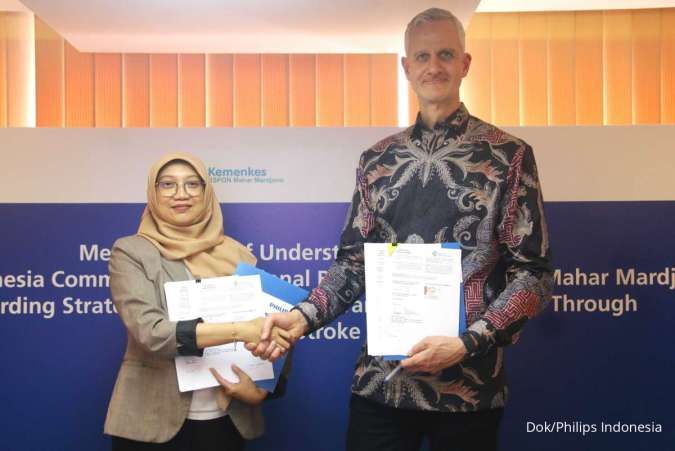Stroke remains a leading cause of mortality and long-term disability worldwide, with Indonesia being no exception. Recognizing the urgent need for improved stroke management, Philips Healthcare has embarked on a collaborative journey to transform stroke care services across the Indonesian archipelago. This initiative aims to integrate advanced medical technologies, streamline patient management, and ultimately improve patient outcomes in stroke treatment.
The Urgency of Enhanced Stroke Care in Indonesia
Indonesia faces significant challenges in stroke management due to its vast geography and uneven distribution of healthcare resources. According to the Indonesian Ministry of Health, cardiovascular diseases, including stroke, are the leading causes of death in the country, accounting for approximately 550,000 fatalities annually. Of these, around 300,000 are attributed to stroke, underscoring the critical need for enhanced stroke care services .
Philips Healthcare's Strategic Initiatives
In response to this pressing healthcare challenge, Philips Healthcare has initiated several strategic measures:
- Advanced Imaging Technologies: Philips has introduced cutting-edge imaging systems, such as the Spectral CT 7500 and SmartSpeed MR, to facilitate rapid and accurate diagnosis of stroke. These technologies are designed to provide high-quality images swiftly, enabling clinicians to make informed decisions promptly .
- Integrated Stroke Management Solutions: The company offers comprehensive stroke care solutions that encompass the entire patient journey—from emergency response to post-treatment care. This integrated approach aims to reduce treatment times and improve coordination among healthcare providers .
- Collaborative Partnerships: Philips has entered into partnerships with various healthcare institutions in Indonesia to enhance the delivery of stroke care. For instance, a notable collaboration with Siloam Hospitals Group focuses on leveraging artificial intelligence (AI) to optimize workflows and increase healthcare accessibility .
Impact on Patient Outcomes
The integration of Philips' technologies and collaborative efforts has led to tangible improvements in stroke care:
- Reduced Time to Treatment: The implementation of advanced imaging and streamlined workflows has contributed to a reduction in the time from patient admission to treatment initiation, which is crucial in stroke management where every minute counts .
- Enhanced Diagnostic Accuracy: High-quality imaging facilitates more accurate identification of stroke types, enabling tailored treatment plans that improve patient outcomes .
- Improved Access to Care: Collaborations with local hospitals have expanded access to specialized stroke care services, particularly in underserved regions, thereby addressing disparities in healthcare delivery .
Challenges and Future Directions
Despite these advancements, challenges remain in achieving equitable stroke care across Indonesia:
- Geographical Barriers: The country's vast and diverse landscape poses logistical challenges in delivering timely stroke care to remote areas.
- Resource Limitations: There is a need for continued investment in healthcare infrastructure and training to ensure the effective utilization of advanced technologies.
Looking ahead, Philips Healthcare is committed to addressing these challenges through ongoing innovation and partnerships. Future initiatives may include the expansion of telemedicine services to bridge geographical gaps and the development of training programs to build local expertise in stroke management.
Conclusion
Philips Healthcare's collaborative efforts in Indonesia represent a significant step forward in the fight against stroke. By integrating advanced technologies, fostering partnerships, and focusing on patient-centered care, these initiatives have the potential to transform stroke management and improve the lives of countless individuals affected by this debilitating condition.
Read More






 Wednesday, 31-12-25
Wednesday, 31-12-25







